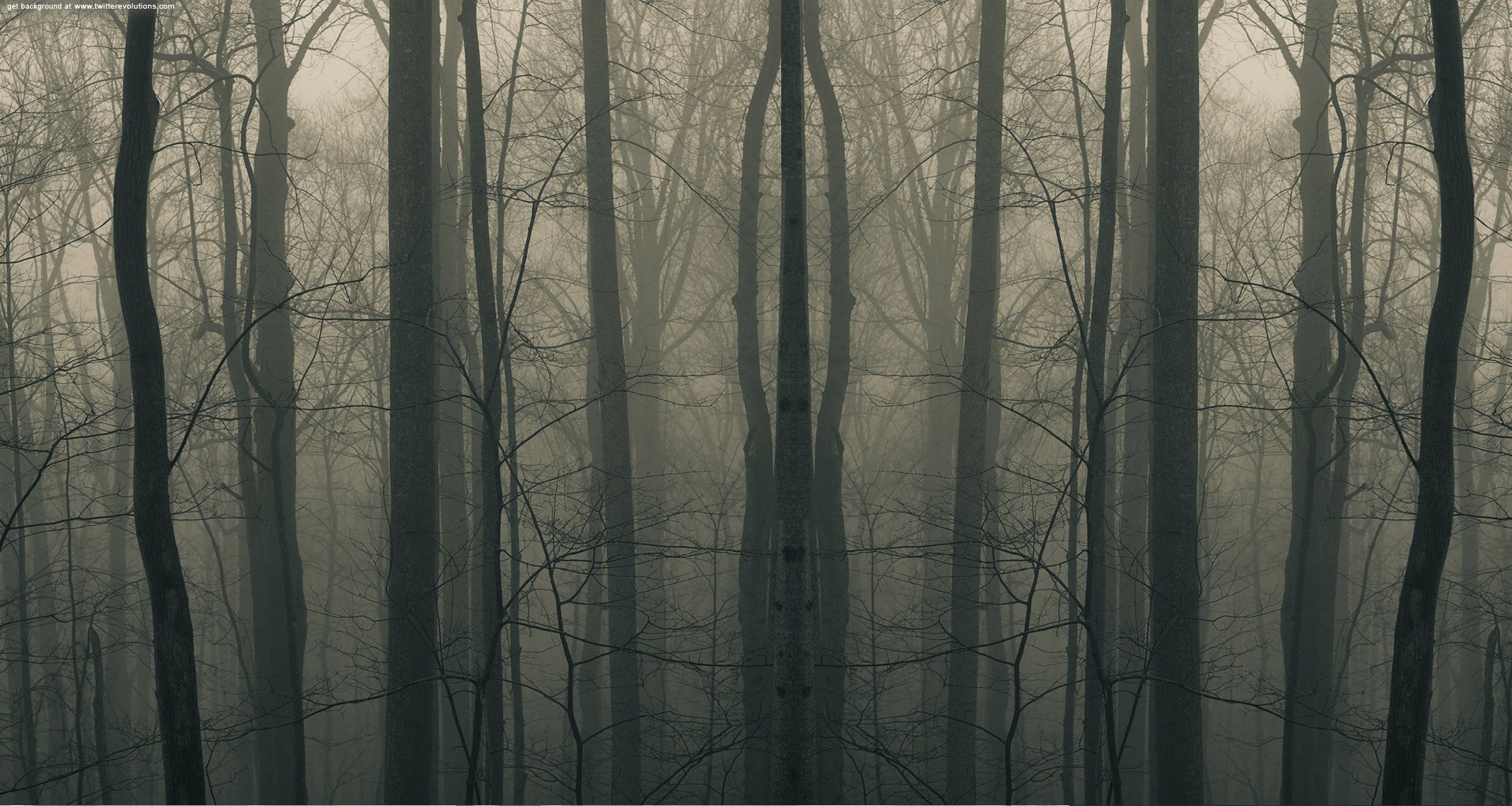With Halloween having arrived, many people will be curling up under a blanket, ready to have the living daylights scared out of them by killer clowns, freaky phantoms and serial killers in the shower. With this nail-biting terror and suspense comes the sweaty palms, shortness of breath and a rapidly increasing heartbeat – all classic symptoms of panic and fear. But why do our bodies react like this? And why do people get kicks out of these seemingly unpleasant effects?
The main human reaction to anything frightening comes down to the ‘fight or flight’ response. Whenever we encounter something that we may consider scary, it sets off a natural, nervous response that prepares the body to either challenge the threat or escape before we get harmed. This is known as the ‘sympathetic nervous response’.
As soon as you perceive a potential danger, the brain kicks into action. The amygdalae, a pair of neuron clusters located at the epicentre of the brain, trigger a signal that passes to the hypothalamus, another brain area which is responsible for hormone release. The body is quickly flooded with a whole range of hormones, particularly adrenaline and cortisol, which work to increase the body’s heart rate, blood pressure, breathing capacity and prioritising blood supply to the muscles as opposed to processes like digestion.
These biological responses used to work together to make our primeval ancestors ready to run away from an approaching sabretooth tiger or to fight a particularly tasty looking mammoth. But the 21st century has a distinct lack of sabretooths or mammoths, so what role does this process play in modern life?
All of the symptoms commonly associated with fear have a basis in the sympathetic nervous system. For example, sweaty palms, also known as palmar hyperhidrosis, is caused by the stimulation of sweat-producing eccrine glands, which are connected to the sympathetic nervous system. The butterflies in your stomach you feel when anxious about a date or scared by the suspense of a horror film are in fact caused by the reduction of blood to the internal organs in favour of the muscles.
Now none of these sweaty, jittery feelings seem particularly pleasant, yet the recent adaptation of Stephen King’s ‘It’ made around $117.2 million on its opening weekend, doubling the records for the largest ever opening weekend achieved by a horror film and for the largest September release of all time. Clearly, there is something drawing people into being scared by creepy clowns and serial killers, as horror is one of most popular genres with cinema-goers.
This is largely to do with the massive release of hormones caused by the hypothalamus. In addition to feeling the rush of adrenaline and the physiological responses associated with it, the body also releases endorphins and dopamine, both of which have been associated with enjoyment and happiness, as well as being linked to addiction.
In addition to these biological factors, our enjoyment of horror has been linked to psychology. The ancient Greek philosopher and scientist Aristotle suggested in his ‘Poetics’ that we enjoy tragedy because it allows us to relieve ourselves of our real life anger and anxieties, which he called ‘catharsis’ from the Greek for purification. Meanwhile, psychoanalysts including Sigmund Freud and Carl Jung suggested that horror was linked to subconscious or primitive fears that were accessed by being scared.
Horror is seemingly more popular than ever and there appears to be an inherent part of us that gets a primeval thrill from the firing of our sympathetic nervous system. So, whether you’ll be celebrating this Halloween by smearing yourself with fake blood or by screaming at some jump scares, look out for the sweaty palms and the butterflies, and maybe keep an eye on that shadowy figure in the darkness…
Rob Hayman
Image: ghostsnghouls.com

